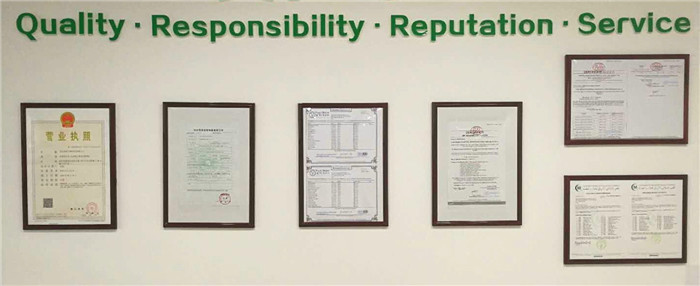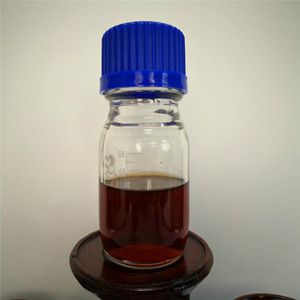Product Introduction
PU-720 is typically used in combination with glucoamylase to produce high glucose syrup and high maltose syrup from liquefied starch.
Characteristics
Declared Enzyme: | Pullulanase |
Systematic Name: | EC 3.2.1.41, Pullulan 6 - glucanohydrolase |
Activity: | 1400BU/ml (minimum) |
Appearance: | Brown liquid |
Product pH: | 4.0 to 4.5 |
Specific gravity: | 1.10 to 1.20g/ml |

The effective pH range for PU-720 is from 4.0 to 5.0; its optimum pH ranges from 4.2 to 4.6.
PU-720 works effectively at temperatures from 50 to 65°C; its optimum temperature range is from 55 to 60°C.
Produce of High-glucose Syrup
Glucoamylase is capable of hydrolyzing alpha-1, 4 glycosidic bonds whilst slow in hydrolysis of alpha-1, 6 glycosidic bonds, which constitutes an obstacle in the production of high-glucose syrup. Use of pullulanase in combination with glucoamylase during the saccharification stage can increase the hydrolysis rate of starch, reduce the dosage of glucoamylase, shorten the reaction time, uplift the yield and improve the purity of glucose.
Production of Extra-High Maltose Syrup
In the production of maltose, alpha-amylase is first used to liquefy the starch, then fungal alpha-amylase or beta-amylase shall be used to decompose starch, so the maltose content of the final product is about 50% to 60%, referred to as a high maltose syrup. Use of pullulanase in combination with alpha-amylase and beta-amylase can produce extra-high maltose syrup with maltose content above 80%.
Production of Beer
In the production of beer, if the starch is not completely decomposed, the fermentable sugar content will be decreased, and the beer made from fermentation will not meet the requirements. The synergistic effect of pullulanase with alpha-amylase will enable pullulanase to completely decompose starch contained in the raw materials, reduce the wort content in the beta-limit dextrin, increase the amount of fermentable sugar, thus greatly improve the fermentation efficacy.
Other Applications
Adding pullulanase during saccharification in the production of MSG, alcohol, vinegar, and soy sauce can improve glucose content and shorten sacchrification time.
Pullulanase has also found its application in the production of high-amylose starches, which can be further processed into “resistant starch” that is not digested in the small intestine but fermented in the large intestine by gut bacteria, producing short-chain fatty acids such as butyrates that are beneficial for colon health. High-amylose starches are also used in adhesive products and in the production of corrugated board and paper.
Storage
This enzyme has been formulated for optimal stability. Typical shelf-life is six months provided being stored below 25°C in its original packaging, sealed and unopened, protected from the sunlight. Its shelf-life will be eighteen months if this product is stored properly at 0~10°C. Prolonged storage and/or adverse conditions such as higher temperatures may lead to a higher dosage requirement.
Safety
Inhalation of enzyme dust and mists should be avoided. In case of contact with the skin or eyes, promptly rinse with water for at least 15 minutes. For detailed handling information, please refer to the Material Safety Data Sheet.
About Us
Our company has been specializing in the field of enzymes specialized in enzymes and their applications. The products line started from feed enzymes and gradually comes to brewing enzymes,paper making enzymes, clothing enzymes, baking enzymes and so on. Main products– phytase, xylanase, mannanase, alpha-galactosidase,cellulase, beta-glucanase, amylase, protease and complex enzymes have already gained great honor in United States, Russia, Ukraine,Thailand, Vietnam, South Korea and other regions.







 China
China